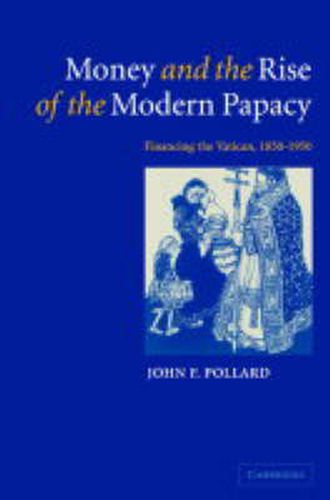Readings Newsletter
Become a Readings Member to make your shopping experience even easier.
Sign in or sign up for free!
You’re not far away from qualifying for FREE standard shipping within Australia
You’ve qualified for FREE standard shipping within Australia
The cart is loading…






This is a pioneering study of the finances and financiers of the Vatican between 1850 and 1950. Dr Pollard, a leading historian of the modern papacy, shows how until 1929, the papacy was largely funded by ‘Peter’s Pence’ collected from the faithful, and from the residue the Vatican made its first capitalistic investments, especially in the ill-fated Banco di Roma. After 1929, the Vatican received much of its income from the investments made by the banker Bernadino Nogara in world markets and commercial enterprises. This process of coming to terms with capitalism was arguably in conflict both with Church law and Catholic social teaching and becoming a major financial power led the Vatican into conflict with the Allies during the Second World War. In broader terms, the ways in which the papacy financed itself helped shape the overall development of the modern papacy.
$9.00 standard shipping within Australia
FREE standard shipping within Australia for orders over $100.00
Express & International shipping calculated at checkout
This is a pioneering study of the finances and financiers of the Vatican between 1850 and 1950. Dr Pollard, a leading historian of the modern papacy, shows how until 1929, the papacy was largely funded by ‘Peter’s Pence’ collected from the faithful, and from the residue the Vatican made its first capitalistic investments, especially in the ill-fated Banco di Roma. After 1929, the Vatican received much of its income from the investments made by the banker Bernadino Nogara in world markets and commercial enterprises. This process of coming to terms with capitalism was arguably in conflict both with Church law and Catholic social teaching and becoming a major financial power led the Vatican into conflict with the Allies during the Second World War. In broader terms, the ways in which the papacy financed itself helped shape the overall development of the modern papacy.